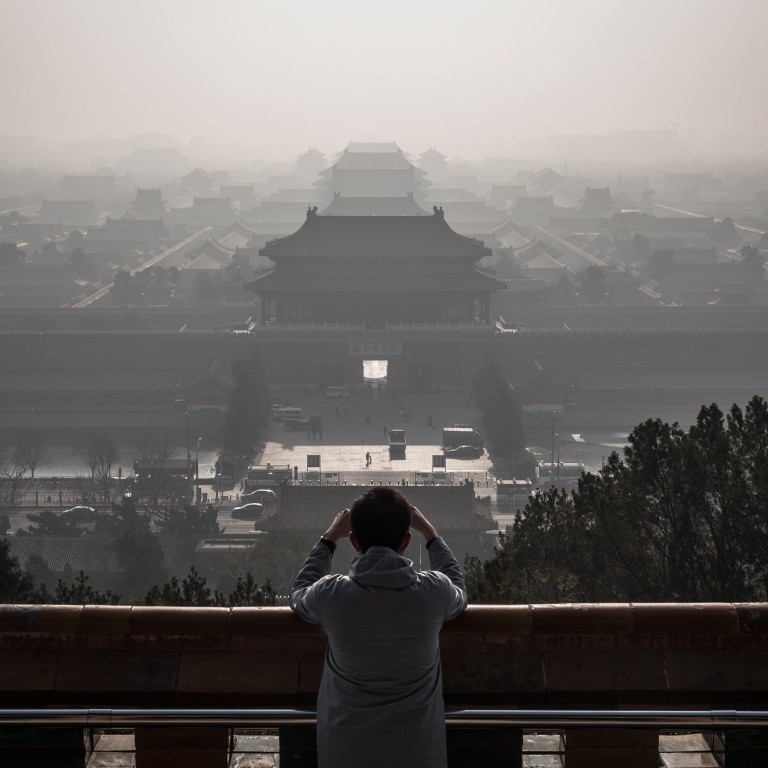
How China, Japan and South Korea can make their carbon neutral goals a reality – and drive change worldwide
- China, Japan and South Korea can be leaders in the fight against climate change if they ensure policies align with their ambitious goals
- Emissions trading systems with progressively tightening emissions caps are likely to play a central role
With these countries responsible for one-third of global emissions, East Asia’s growing ambition is the biggest international climate change development since the Paris Agreement was ratified.
Emissions trading systems (ETS) with progressively tightening emissions caps are likely to play a central role in achieving net-zero goals. They can guarantee achieving targets, enable cost-effective compliance, safeguard industrial competitiveness and provide funds to invest in advanced greenhouse gas mitigation technology.
In East Asia, South Korea is the front runner. The K-ETS covers 70 per cent of the country’s greenhouse gas emissions, has been in operation for nearly six years and is aligned with the country’s 2030 emission reduction target. However, following the announcement of the net-zero greenhouse emissions target by 2050, the 2030 target (and ETS cap) should be tightened.
The mechanism will impose extra costs on exports to the EU except for jurisdictions with similar policies and ambition to the EU under the Paris Agreement. This will also drive higher levels of auctioning of emission allowances, where allowances are purchased rather than given freely.
A current critical challenge across Asia is the ability to effectively add carbon costs onto electricity prices. South Korea is set to make progress on this front through developing a more environmentally-sound dispatch system for power stations.
What happened to Asia-Pacific’s green recovery from Covid-19?
The stakes are highest in China – the country’s ETS will be the world’s largest, initially covering the power sector and then expanding to include major industrial sectors. It will start as an intensity-based system – setting limits to how much carbon each plant can emit per its level of output – without a fixed cap. Allowances will be issued for free, with auctioning introduced and scaled-up in the future.
China should introduce a fixed emissions cap that declines over time, aligned to its new carbon emissions targets. This would make the ETS a real cornerstone climate change policy instrument, while providing flexibility for industrial growth by allowing adjustments in allocations in line with a company’s production levels.

03:05
China vows carbon neutrality by 2060 during one-day UN biodiversity summit
Japan continues to assess its policy options for carbon pricing. An ETS could play a valuable role in reducing coal power by making it more expensive, promoting fuel switching to gas and renewables, and encouraging improved energy efficiency in industrial sectors.
Given its net-zero greenhouse emissions goal and with major trading partners moving ahead with carbon pricing policies, Japan will need to quickly decide on and implement its own policy. A major barrier has been resistance from industrial companies concerned about adverse competitiveness impacts.
However, there are proven measures to address this, and as the global climate policy landscape changes, jurisdictions with less ambitious policies will increasingly face trade penalties.

01:43
Japan aims to be carbon neutral by 2050, says Prime Minister Suga
For Asian economies currently exploring emissions trading as a climate strategy – Indonesia, Vietnam, Pakistan, Thailand and the Philippines – recent announcements from the north signal a need to speed up.
East Asia is emerging as a powerful driver towards the more ambitious targets required to meet Paris Agreement goals. It is also becoming a key reference for other jurisdictions to learn about the policies to get there. However, there are some key challenges ahead.
China should start the operation of its ETS soon, quickly move to a fixed cap that aligns with its medium- and long-term goals, and start and scale-up auctioning. South Korea should put in place a way of passing carbon costs onto electricity prices and align its medium-term targets and K-ETS cap with the long-term net-zero goal. Japan should quickly decide on and implement an ambitious national carbon pricing policy. The resulting outcomes will drive action in many other jurisdictions.
Alistair Ritchie is director of Asia-Pacific Sustainability at the Asia Society Policy Institute (ASPI). Jackson Ewing is senior fellow at the Duke University Nicholas Institute for Environmental Policy Solutions. He serves as ASPI senior adviser for sustainability


